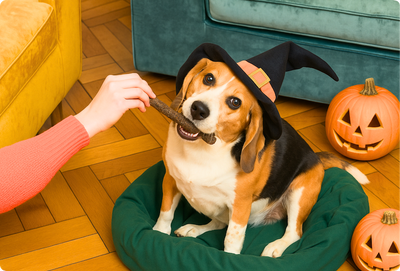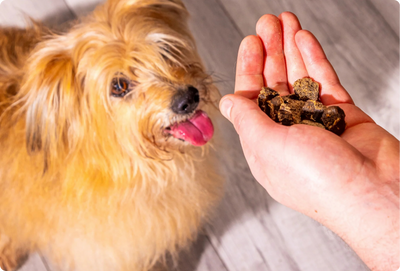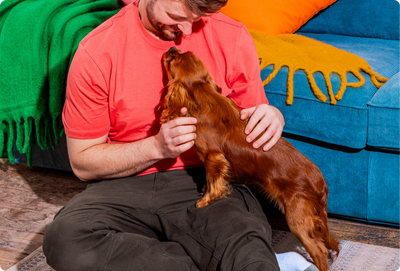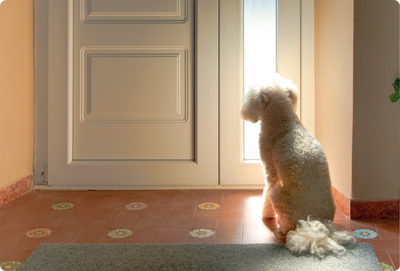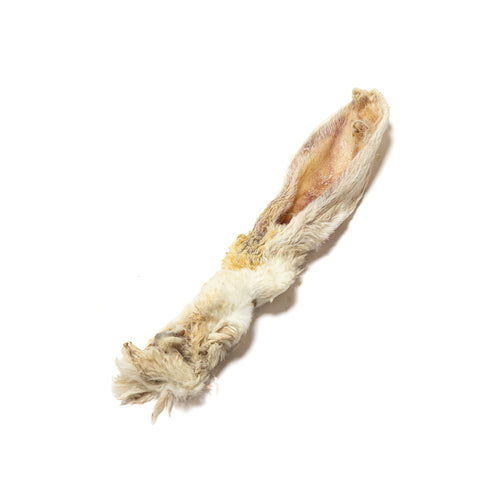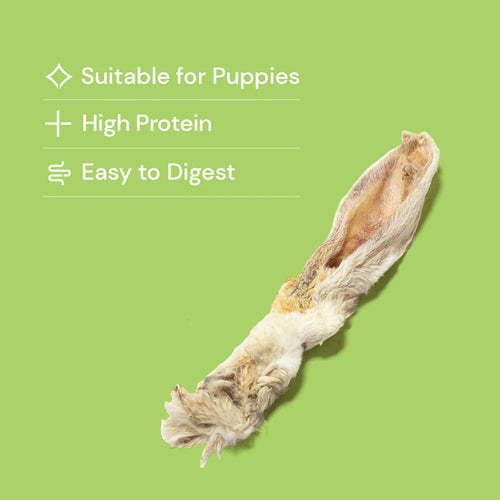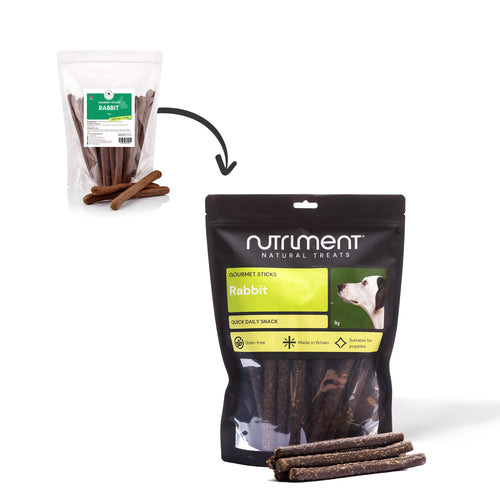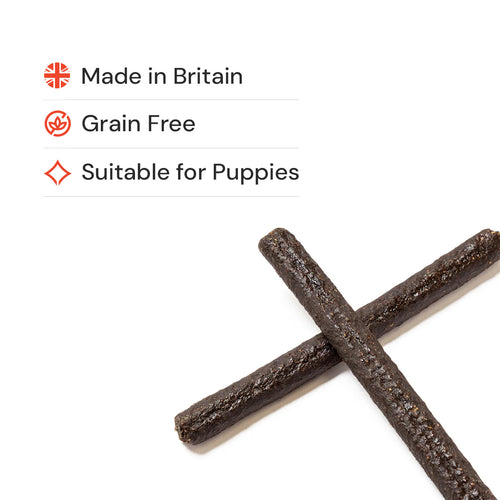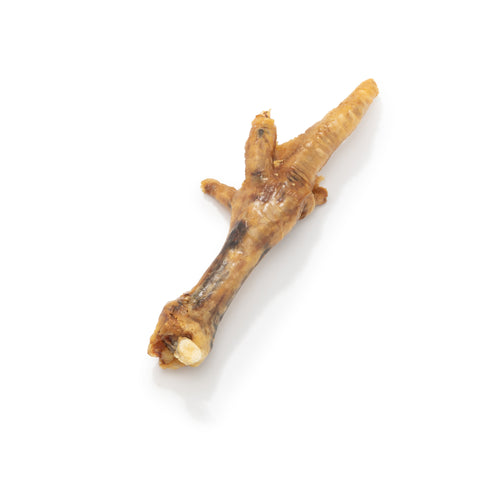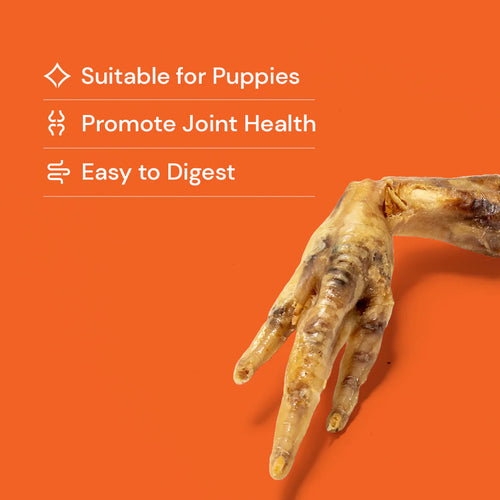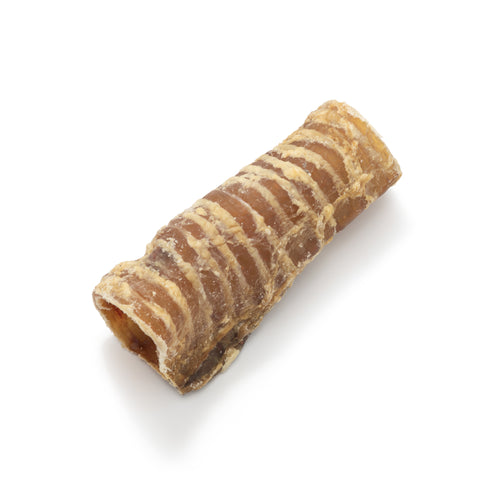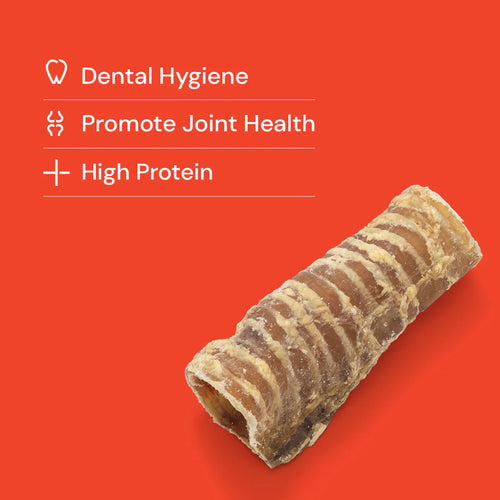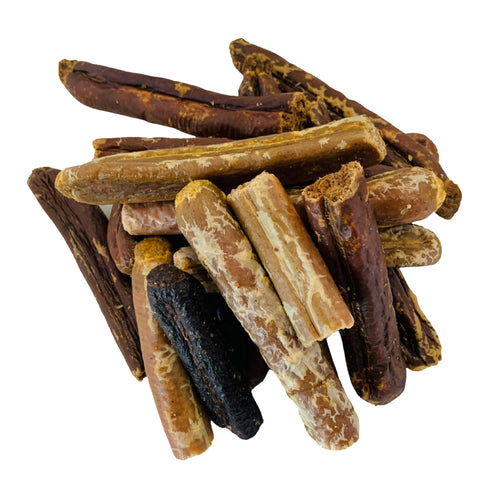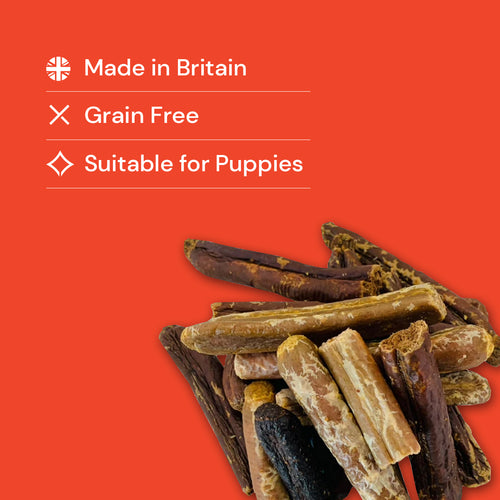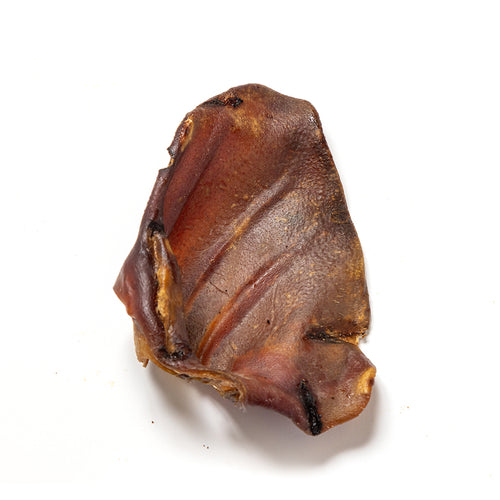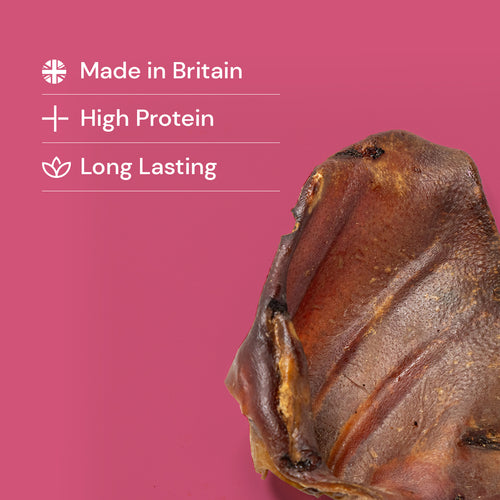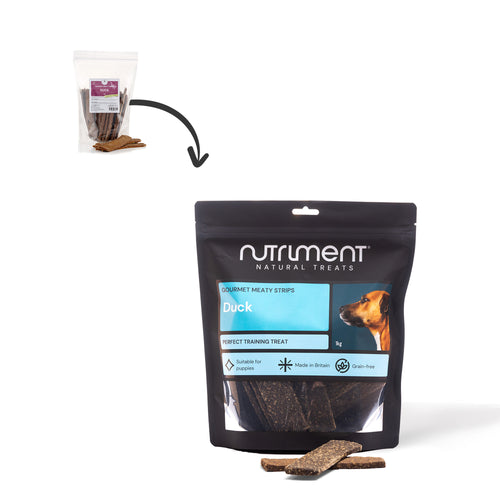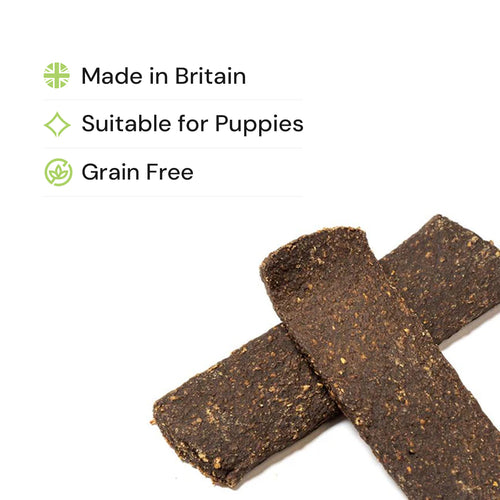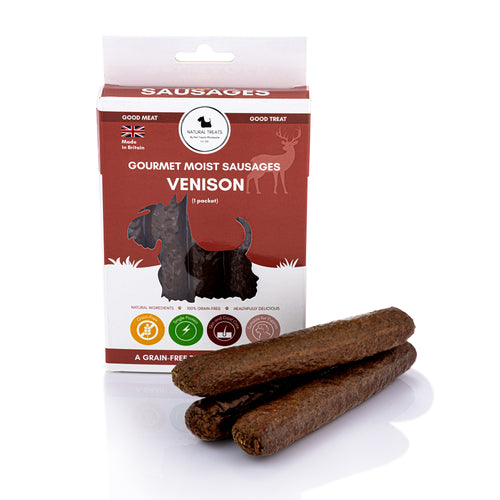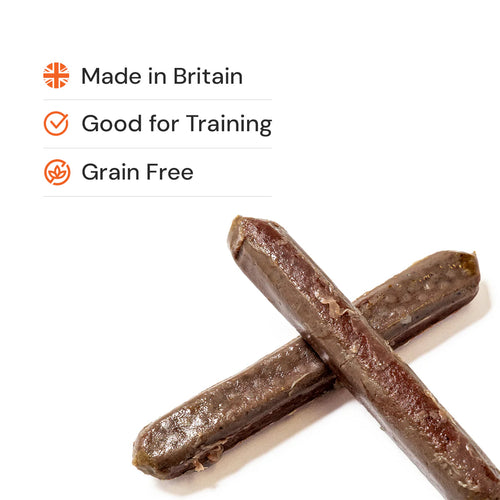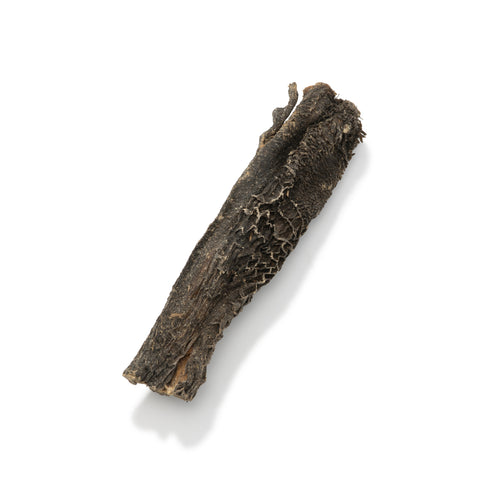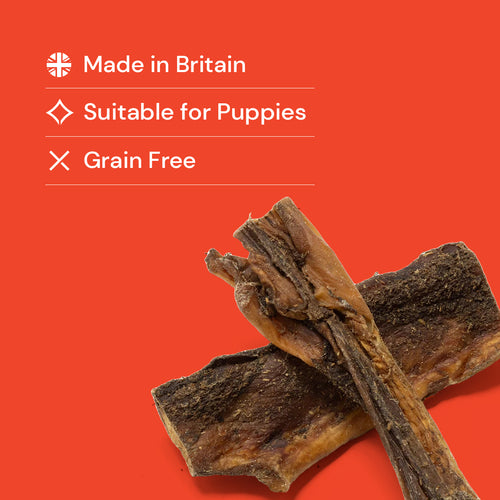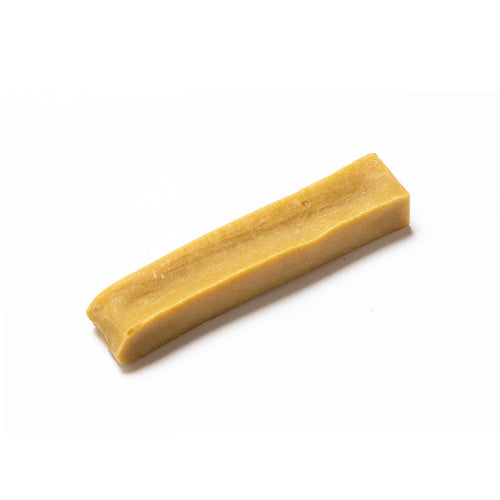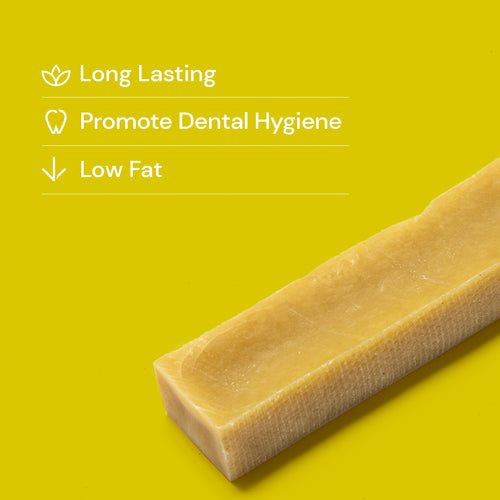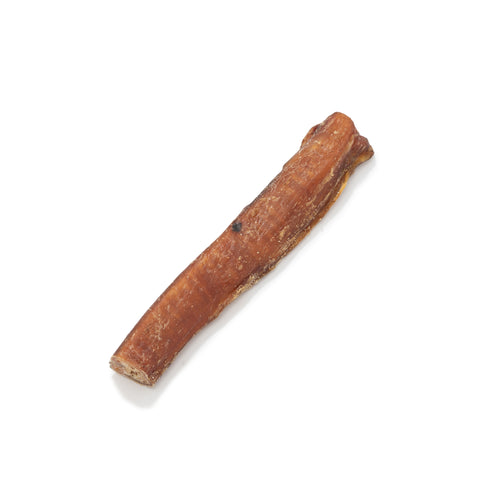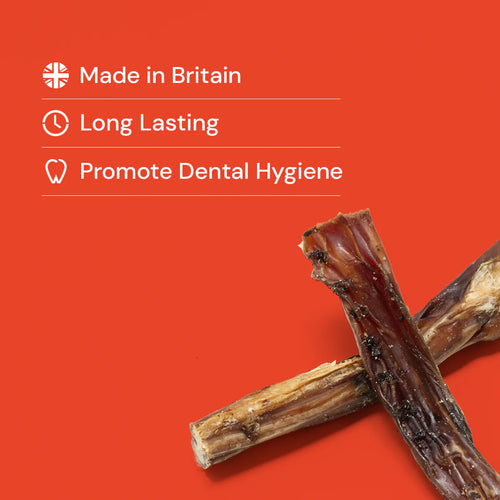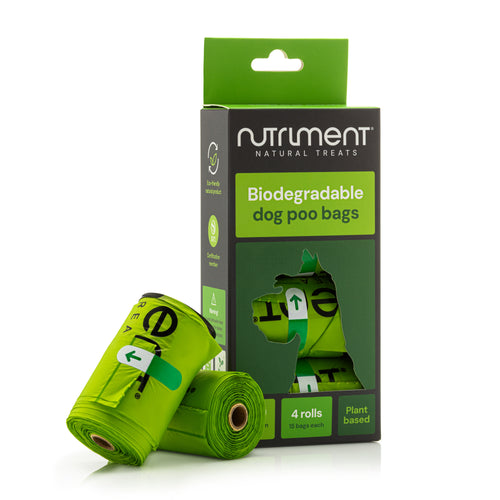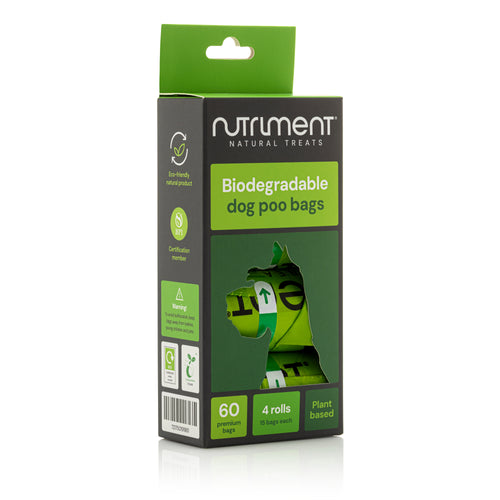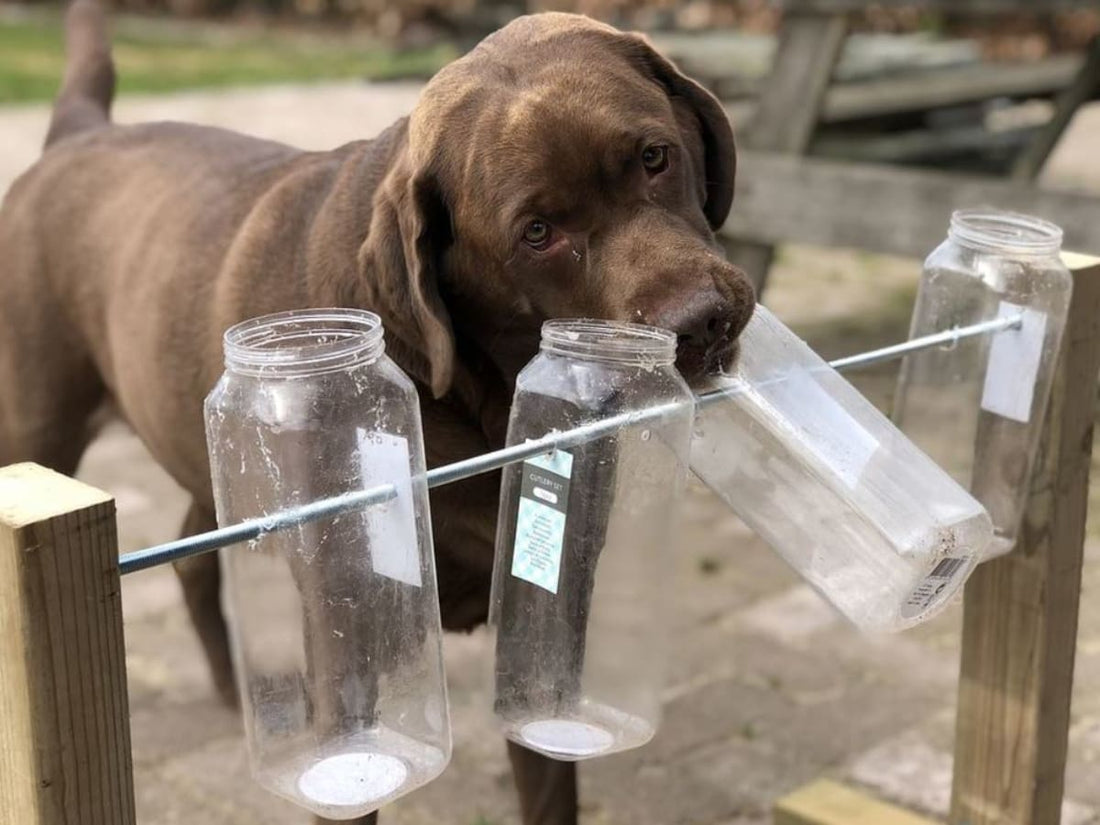
(Written by Georgia Hatton)

Introducing the first in our series of education blogs - aimed at teaching owners all about dogs!
First coined in 1963, by psychologist Glen Jensen, Contra-freeloading is the behaviour seen in most animals when, if offered a bowl of free food or identical food that requires effort, animals tend to prefer the food that requires effort - sounds strange, right?
It is not just limited to dogs - chimpanzees, rats, chickens and giraffes, all show a preference for searching for their food. In fact, the only species who don’t do so is the domestic cat, who prefers to be waited on.
There are a number of theories about why animals do this. Foraging, hunting and seeking for food are all behaviours that are instinctive and would have been a strong selective pressure for evolution - that is the animals who are best at finding food have the best chance of survival and passing their genes on.
Across species dopamine - the feel good chemical - is released when the opportunity to gain food appears, rather than when they actually received the food. It’s released in anticipation of the food and not when they eat, making the anticipation more enjoyable than the meal!
When it comes to our canines, this combination of genetic hardwiring to search for food and the pleasure response that comes with it, makes contra-freeloading a powerful tool for dogs - simply put they WANT to search for food.
This is a concept used in zoos all over the world. By feeding the animals in a variety of enriching ways, it gives them an emotional boost, as well as keeping their minds and bodies active, which will help to keep them happier.
It’s important to make sure that the enrichment isn’t too hard - the food has to be accessible - but still be a challenge. We should be giving our dogs plenty of opportunity to fulfill these desires - through the use of foraging for food, chews, lickimats, kongs and stuffed treats to name a few. It’s an opportunity to allow natural behaviour, and promote that positive feedback loop of increased dopamine. It may also make teaching new behaviours easier!
Chewing on our treats can also provide these feelings, and many of them can be added to meals to improve them - such as stuffing a trachea with wet food, sprinkling sprats around the lawn combined with their usual kibble or adding a gourmet stick to the opening of a Kong.



